YouTube metadata: Locate, edit and use it to boost your search rankings
| May 27, 2024
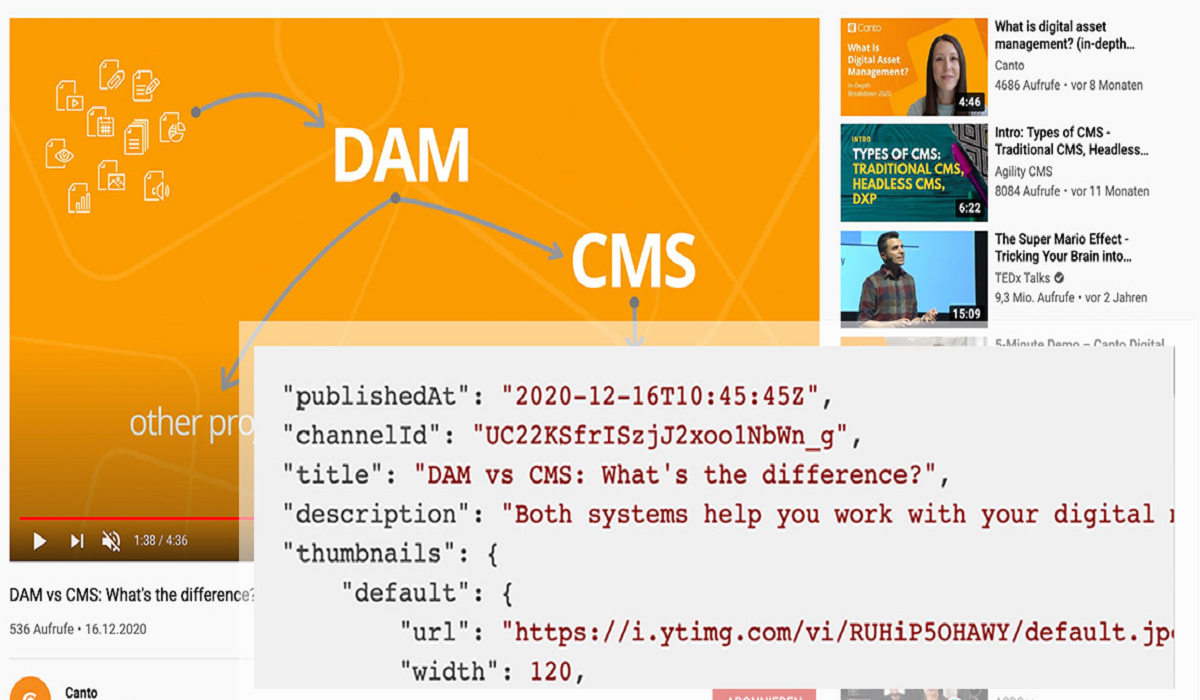
Did you know that metadata is both highly relevant and accessible in YouTube videos? As a matter of fact, there are ways to look at all sorts of interesting pieces of information about your favorite vids. There are plenty of different ways YouTube metadata can be helpful. Effective titles, descriptions, and visibility of content can significantly impact a video’s discoverability and overall search rankings by aligning with popular search requests and optimizing for search algorithms. This guide will give you all there is to know.
What is YouTube metadata?
YouTube metadata is information that is used to describe each video uploaded to the platform. Optimizing a video’s title is crucial for effective indexing on YouTube, which relies on metadata to improve search visibility. Basic examples include things like title, channel name and date uploaded. More sophisticated YouTube metadata includes things such as geographic coordinates, camera make and frame rate.
Gaining a deeper understanding of YouTube metadata
YouTube metadata exists to help both uploaders and users learn valuable information about a video. This includes both in relation to the YouTube platform and the video file itself. For uploaders, or “creators” as they’re called on the platform, the metadata is a way for them to measure potential success and ensure that the way they’re addressing audiences makes sense in terms of the video they’ve made.

At a bare minimum, metadata both informs current viewers and signals to potential viewers details of the video. When we think of metadata, it usually pertains to hidden information that users have to dig up. Though this is often the case, YouTube metadata can be one of the most prevalent things on the platform, at least in its most basic form (titles, descriptions, etc.).
Understanding the target audience can help in creating effective metadata that resonates with viewers, ensuring better engagement and retention.
This very visible metadata ensures uploaders put effort into correctly describing their videos, and gives their audiences a chance to use metadata to preview what they’re going to watch or understand more about the video after viewing it.
Let’s go over how to find YouTube metadata in all its forms.
How to locate and view YouTube metadata
Let’s start with some of the accessible pieces of information attached visibly to each YouTube upload. When someone puts a video onto YouTube, the video file changes at the user’s discretion. For example, “Video.mp4” usually becomes “Family Reunion 2021.” This is the most visible form of metadata on any YouTube video file, since it’s meant for public viewing.
Metadata, such as titles, descriptions, and tags, can significantly improve a video’s visibility in suggested videos, enhancing user engagement and increasing watch time.
After that, other pieces of metadata are in the hands of the uploader as well, such as the description and the tags. To view the basic pieces of YouTube metadata, you’ll need to go no further than the intended video page. In the picture below, you’ll see an example of different metadata on a YouTube video.
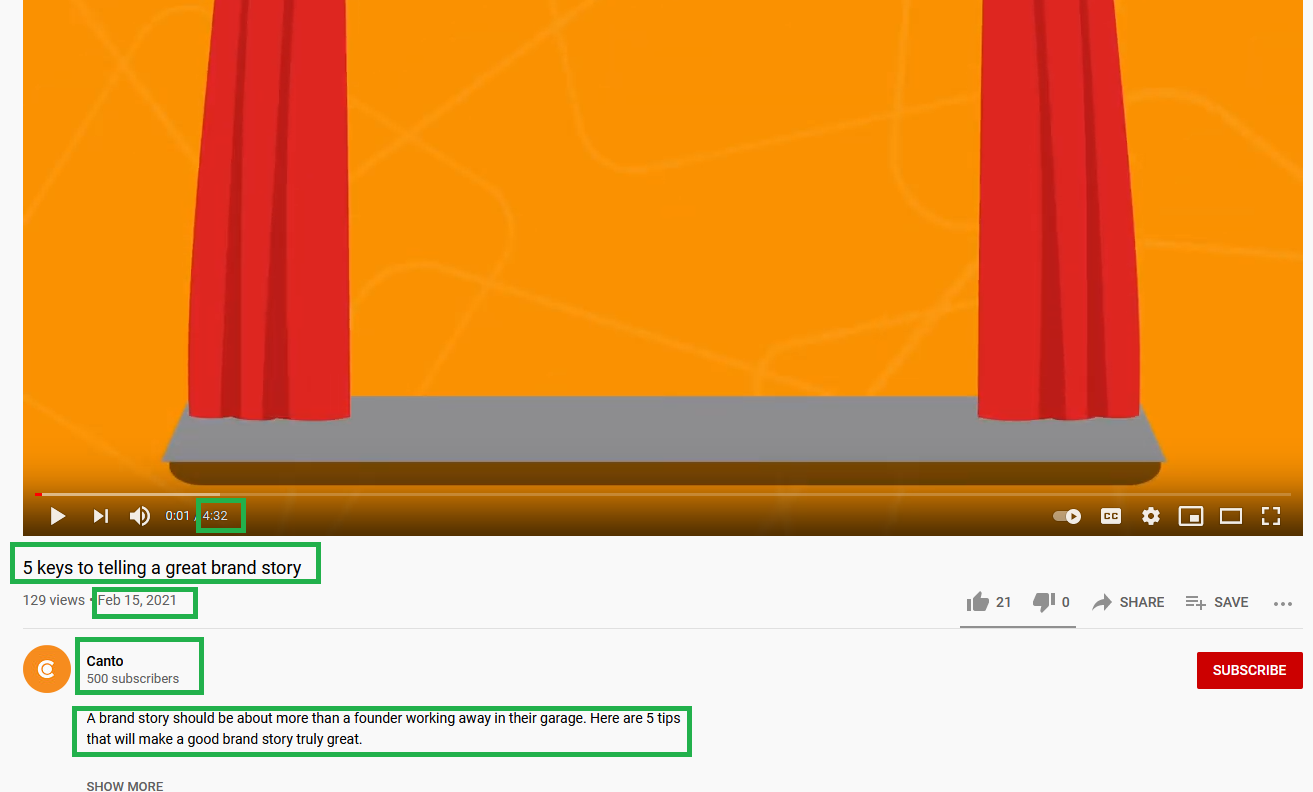
Boxed in green are visible metadata, things such as (from top to bottom): video length, date uploaded, uploader and description.
Of course, these are merely scratching the surface of available information about a video. To dig a bit deeper, right-click on the page anywhere next to the video screen. Select the “View Page Info” option.
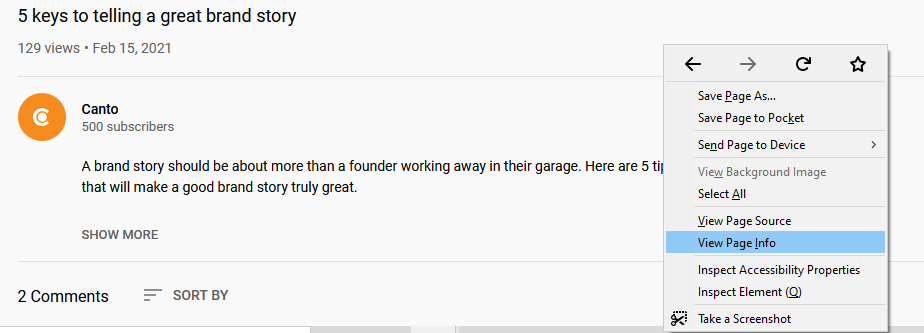
This will open a pop-up window, and under the “General” tab will be more pieces of metadata.
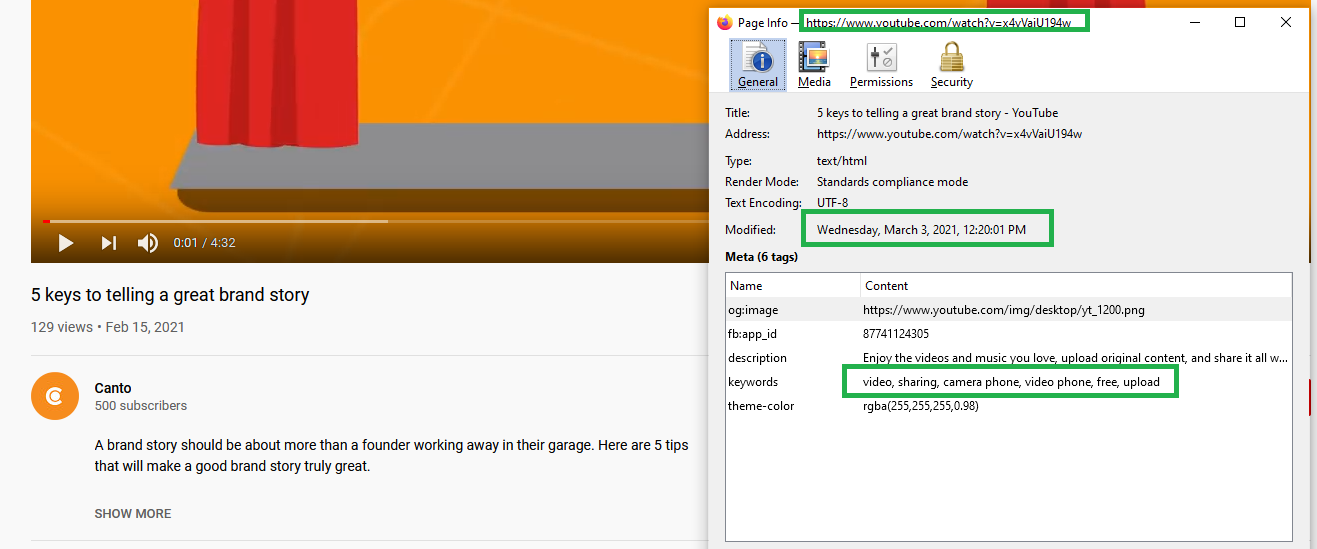
Boxed in green in the above picture are some key metadata elements, including (from top to bottom): The web address, date modified (this pertains to the video file, not the date uploaded) and the keywords.
This gives you an easy way to peruse the common metadata types without any assistance. However, it’s not the easiest method. For those looking for an even less technical route, there is another way, and it involves using available technology.
Software tools that help this process
Because of the availability of YouTube metadata, not many people have developed a system to assist the process. However, there is one helpful tool I found that makes it easy. These tools can help analyze metadata for multiple videos, enabling users to collect, organize, and publish them effectively.
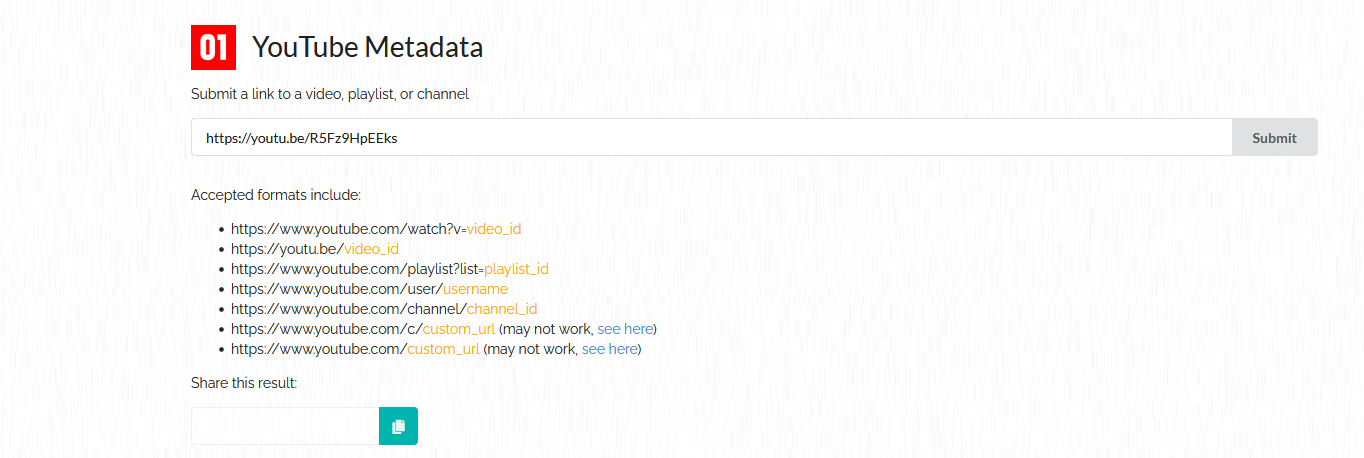
It’s called mattw.io, and it is a browser-based service that allows users to paste a YouTube video and view all the metadata in one place.
Editing video description metadata
Fortunately, editing YouTube metadata is very accessible without any special software tools. Of course, understand that this is different than editing video files. Control over a YouTube video’s metadata is reliant on the platform. If you’re watching a random YouTube video, you won’t be able to edit the metadata of it since you don’t have ownership of it.
The only users capable of editing the metadata are the original uploaders. In order to go about this, open a browser page to YouTube, sign in and then click your profile icon in the upper right. From the menu, select “your channel.”
It is crucial to associate metadata with your YouTube channel to enhance visibility and increase subscriber count. Properly using video cards and metadata can drive traffic to your channel and ensure that promotional tools are set up correctly to maximize reach and engagement.
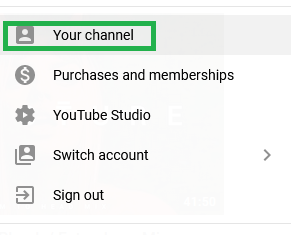
Next, click the “Manage Videos” button.
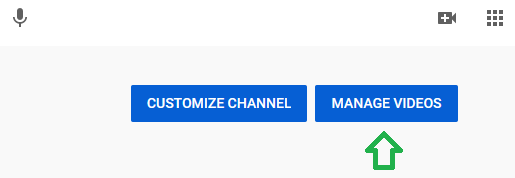
Locate the video you wish to edit and click the “details” tab.

In the resulting popup window, you’ll be able to edit your title and description, as well as a few other basic elements.
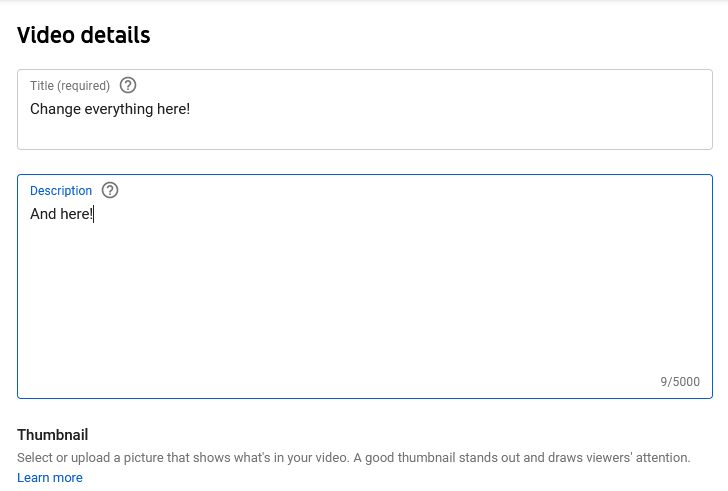
Lastly, let’s check out the ways you can use metadata to boost your video rankings in YouTube search.
Optimizing YouTube Metadata
Optimizing YouTube metadata is crucial for increasing your video’s visibility, engagement, and ranking on the platform. By crafting keyword-rich titles, writing thorough and engaging descriptions, using relevant and specific tags, and designing attention-grabbing thumbnails, you can improve your video’s chances of appearing in top search results and attracting more views.

Crafting Keyword-rich YouTube Video Titles
Your video’s title is one of the most important metadata elements, as it helps viewers and search engines understand the content of your video. To craft a keyword-rich title, follow these tips:
- Use a unique and descriptive title that accurately reflects the content of your video.
- Include the most relevant keywords that users would search for to find your video.
- Keep your title concise and under 60 characters to ensure it appears in full on search results pages.
- Use a consistent title format throughout your channel to establish your brand identity.
Writing Thorough and Engaging Video Descriptions
Your video description is a crucial metadata element that provides additional context and information about your video. To write a thorough and engaging description, follow these tips:
- Keep your description concise and under 150 words to ensure it appears in full on search results pages.
- Include relevant keywords that users would search for to find your video.
- Provide a brief summary of your video’s content and highlight its key takeaways.
- Use a conversational tone and include a call-to-action to encourage viewers to engage with your video.
Using Relevant and Specific Tags for YouTube Videos
Tags are another important metadata element that helps viewers and search engines understand the content of your video. To use relevant and specific tags, follow these tips:
- Use a mix of niche and broad tags to attract both targeted and general audiences.
- Include relevant keywords that users would search for to find your video.
- Use a consistent set of tags throughout your channel to establish your brand identity.
- Avoid using generic or irrelevant tags that can harm your video’s ranking.
Designing Attention-grabbing Thumbnails for YouTube Videos
Your video’s thumbnail is a crucial metadata element that helps viewers decide whether to watch your video. To design an attention-grabbing thumbnail, follow these tips:
- Use high-quality images that are visually appealing and relevant to your video’s content.
- Include text overlays that highlight your video’s key takeaways and encourage viewers to watch.
- Use bright colors and bold fonts to make your thumbnail stand out.
- Avoid using too much text or cluttered designs that can distract from your video’s content.
By optimizing your YouTube metadata, you can improve your video’s visibility, engagement, and ranking on the platform. Remember to craft keyword-rich titles, write thorough and engaging descriptions, use relevant and specific tags, and design attention-grabbing thumbnails to attract more views and grow your channel.
Using metadata to increase your video’s ranking
The content of your videos and the consistency of your uploading is usually the main driver of YouTube rankings, but metadata does have an impact as well. Again, there is no one, exact answer that can be counted on, but there are some sound principles to follow, similar to the principles we follow for video metadata.
YouTube Analytics can provide valuable insights into viewer demographics and preferences, which can be used to improve your metadata and better target your audience.
Remember that the audience is key. We mistakenly believe that our attempts should appeal to some type of algorithm, but the reality is that the algorithm is directly influenced by user behavior.
Therefore, make sure that your titles don’t mislead viewers, otherwise they’ll turn off your videos. Also, make your descriptions appeal to a human audience that will understand it and not be annoyed by a jamming in of keywords or misleading words. Finally, give your video a chance to be used in different search queries on Google. This can be done by making videos that answer questions someone might search for on Google.
Getting started with YouTube analytics
Knowing that the information is available to you is the first step. Enhancing your YouTube presence through metadata optimization, such as selecting appropriate tags and categories, can significantly benefit your channel. Now that you know, it’s time to take action. Look for videos you’ve always been curious about and discover more.
